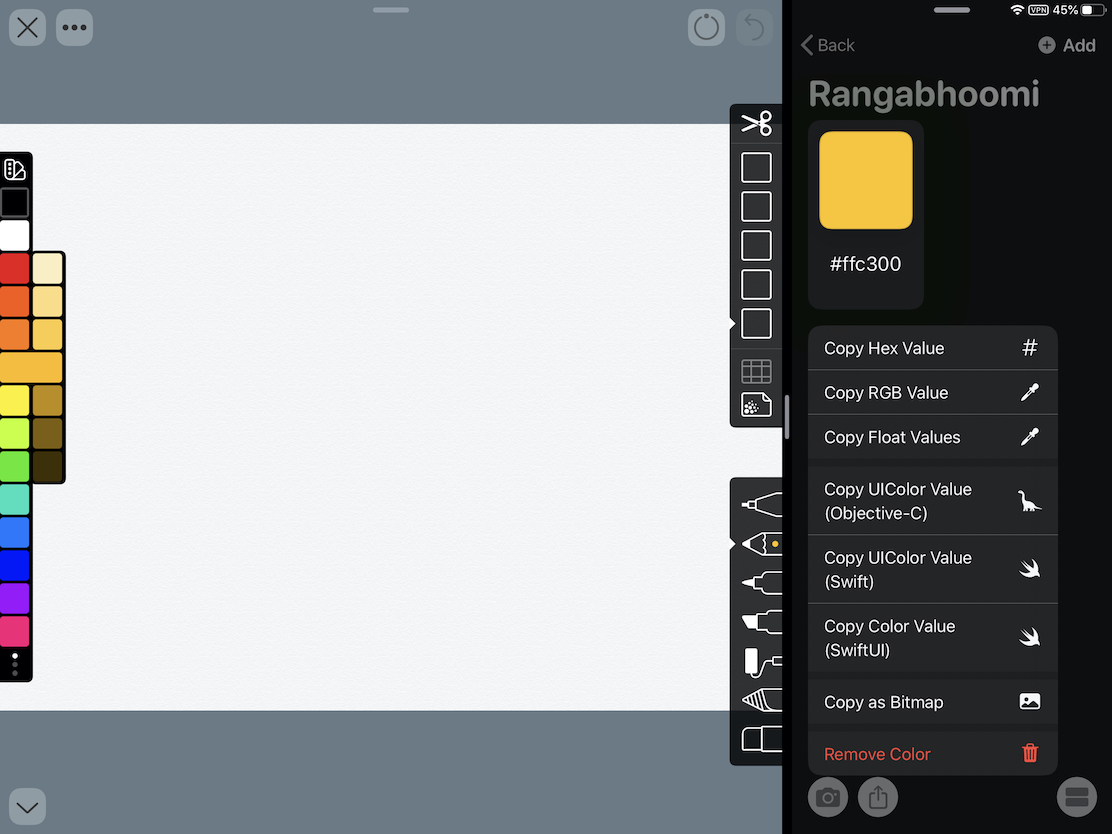A Guide to Organizing Your Gmail Inbox
Over the official Spark Email blog, I’ve just published this detailed guide to decluttering and organizing your Gmail inbox.
In this article, I’ll tell you the tips and tricks to organize your Gmail inbox and also explain some hidden or lesser-known features that help you organize your emails in Gmail. And for those of you who have thousands of unread emails in your Gmail inbox, I’ll help you bring some sanity to your inbox.
Gmail is arguably the most common email provider today and thus, it is very common to see Gmail inboxes that are just left unattended. I’ve outlined some pretty simple steps that can help you clean up your Gmail inbox in minutes.
